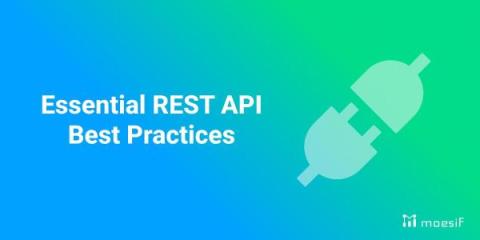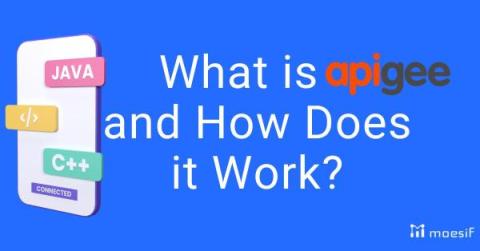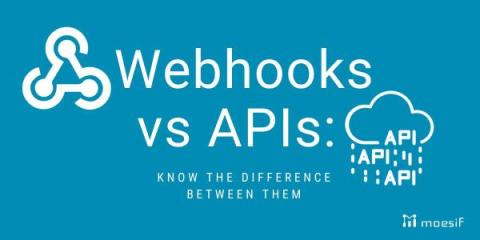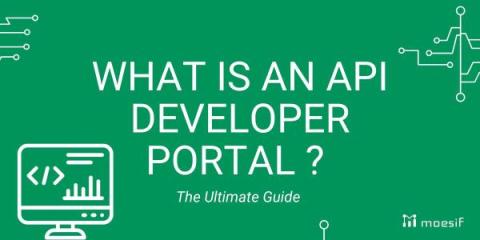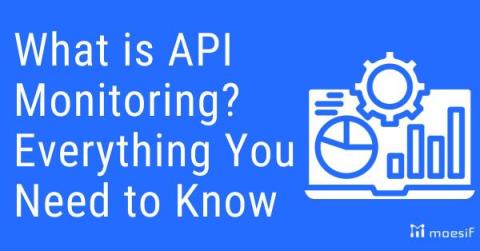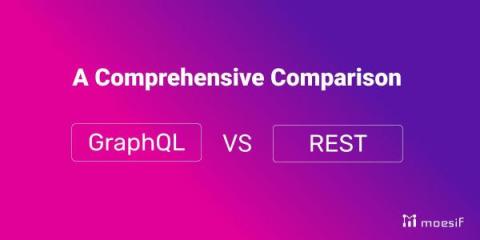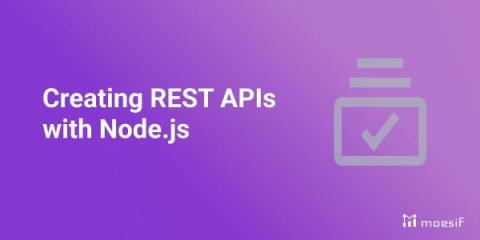Systems | Development | Analytics | API | Testing
Latest Posts
What Is Tiered Pricing? The Ultimate Guide
In today’s dynamic marketplace, pricing strategies play a pivotal role in the success of businesses across various sectors. One such strategy that has garnered significant attention is Tiered Pricing – a nuanced and effective approach to pricing products and services. But what exactly is Tiered Pricing, and how can it benefit your business?
Best Practices for Usage-based Billing to Monetize Gen AI
Artificial intelligence based APIs are reshaping traditional subscription models thanks to their unique monetization frameworks. These API products enable companies seeking tailored solutions in automation and AI workflows, departing from one-size-fits-all UI approaches and embracing a highly customizable experience. Originally designed for internal platforms, APIs built with AI are now evolving into revenue gateways, transforming them into strategic assets contributing directly to company revenue.
What is Apigee API: How Does It Work?
APIs play a crucial role in SaaS product’s ability to communicate with internal and external applications. APIs have revolutionized the ways in which applications communicate, exchange data, and how software developers and providers structure their systems and products. But managing the large flow of data and information while ensuring data protection and minimal downtime is no easy task.
Webhooks vs APIs : The Differences Between Them
As the connecting blocks of modern data communication, webhooks and APIs play pivotal roles, yet their distinctions are often blurred. Delving into their underlying mechanisms, functionalities, and use cases, after this blog post you will fully master the difference between webhooks and APIs. By unraveling the intricacies of these technologies, this explorative post serves as a resource for anyone looking to navigate their landscape of data integration and communication protocols.
What is an API Developer Portal? The Ultimate Guide
The heart of SaaS innovation in the modern era is API technology, connecting one digital tool to another seamlessly. As APIs have taken center stage, the term “API Developer Portal” has become more than just a buzzword—it’s a crucial element in the realm of software development and the easiest way to ensure seamless connectivity.
What is API Monitoring? Everything You Need to Know
Application Programming Interfaces (APIs) are the glue powering SaaS application connectivity. However, ensuring smooth operation of APIs requires more than just implementation; vigilant oversight and alerting can make or break your API products.
Graphql vs Rest: A Comprehensive Comparison
The conversation around data fetching and API management is increasingly dominated by two major players: GraphQL and REST. These technologies, while serving the same purpose of facilitating communication between client and server, offer markedly different approaches and philosophies. GraphQL, emerging as a powerful alternative to the traditional RESTful architecture, brings a new dimension to data retrieval efficiency and flexibility.
REST API with Node.js
REST is a powerful and ubiquitous paradigm for web application development. It offers huge benefits that can help any service be more efficient, more extensible, and more scalable. Node.js is a popular solution for building fast, efficient, and scalable APIs. It is highly extensible, offering an ecosystem of packages that deliver fast and unified development.
Creating Python APIs
REST is an incredibly powerful solution for web APIs in the modern space. It offers a wide array of benefits that can help any service be more efficient, faster to iterate, and more stable. Python is a strong, high-level language that unlocks a high level of functionality across broad categories of systems and devices. It is human-readable, highly efficient, and widely adopted. These two technologies, when combined, can deliver an incredible product in the API space.


